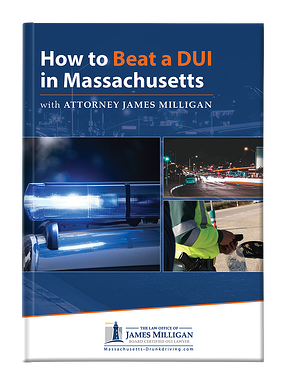1. Find out the reason for the suspension: Your driver’s license can be suspended for various reasons such as accumulating too many points on your driving record, failing to pay fines or appear in court, or driving under the influence. It is important to understand why your license was suspended so you can take appropriate steps to resolve the issue. 2. Contact the DMV: Contact your state’s Department of Motor Vehicles (DMV) to verify the suspension and find out how to reinstate your license. They will also be able to provide information on any specific requirements or conditions that need to be met before your license can be reinstated. 3. Complete any necessary requirements: Depending on the reason for your suspension, you may need to complete certain requirements such as attending a defensive driving course, paying outstanding fines, or providing proof of insurance. Make sure you understand what is required in order to reinstate your license. 4. Pay any fees: You may be required to pay a reinstatement fee in addition to fines or other fees associated with your suspension. Be prepared to pay these fees in order to get your license back. 5. Serve any necessary suspension period: If your license was suspended for a certain period of time, you will need to serve that suspension period before your license can be reinstated. Continuing to drive during a suspension period can result in further penalties and make it more difficult to get your license back. 6. Consider a hardship license: In some cases, you may be able to.

